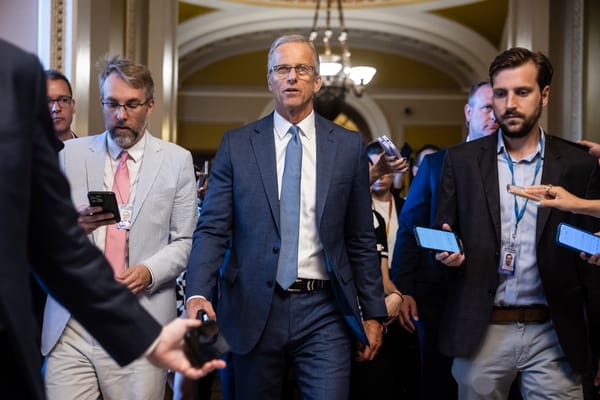Trump Administration Sued Over Health Funding Cuts Amid Mass Layoffs: Legal and Public Health Fallout

On Tuesday, April 1, 2025, a coalition of 23 states and Washington, D.C., filed a lawsuit against the Trump administration in federal court, challenging its decision to rescind $12 billion in public health funding. The lawsuit comes on the heels of widespread layoffs at the Department of Health and Human Services (HHS), where up to 10,000 employees are being dismissed as part of a sweeping overhaul aimed at reducing the size of the federal government. Critics argue that these funding cuts and layoffs will have devastating consequences for public health programs nationwide, jeopardizing essential services and leaving states unprepared for future health crises.
The Lawsuit: Key Allegations
Legal Challenge to Funding Cuts
The lawsuit, filed in Rhode Island by Democratic attorneys general and governors from states including New York, California, Pennsylvania, and Minnesota, contends that HHS lacks the legal authority to revoke funds previously allocated by Congress. These funds were earmarked for pandemic preparedness, addiction treatment, mental health services, and other critical public health initiatives.
- Congressional Authority: The plaintiffs argue that the funding cuts violate federal law because Congress explicitly appropriated these resources during the COVID-19 pandemic. By clawing back funds already allocated, HHS is accused of undermining Congress’s constitutional authority.
- Public Health Risks: The lawsuit warns that rescinding this funding will result in “serious harm to public health,” including disruptions to addiction recovery programs, suicide prevention services, and infectious disease monitoring efforts.
Request for Injunctive Relief
The coalition is seeking a temporary restraining order to halt the funding cuts immediately. If successful, this legal action could prevent HHS from reclaiming billions of dollars intended for state and local health departments.
Scope of Funding Cuts
Impact on Public Health Programs
The $12 billion in funding cuts include:
- $11.4 billion from the Centers for Disease Control and Prevention (CDC), initially allocated for COVID-19 response efforts such as testing, vaccination campaigns, and community health programs.
- $1 billion from the Substance Abuse and Mental Health Services Administration (SAMHSA), which supported addiction treatment, suicide prevention programs, and crisis intervention services.
These cuts have sparked outrage among healthcare advocates who argue that the funds were never solely intended for COVID-19 response but were designed to bolster long-term public health infrastructure.
HHS Justification
HHS Secretary Robert F. Kennedy Jr., appointed by President Trump earlier this year, defended the decision by stating that the COVID-19 pandemic is over and that resources should be redirected toward addressing chronic diseases. In a press release last week, HHS stated:
“The COVID-19 pandemic has concluded. HHS will cease wasting billions of taxpayer dollars on a non-existent pandemic that the American public has moved on from years ago.”
Critics have pointed out that this rationale ignores ongoing public health challenges such as opioid addiction, mental health crises, and emerging infectious diseases.
Mass Layoffs at HHS
Scale of Job Reductions
As part of its broader reorganization plan, HHS is cutting approximately 10,000 full-time positions across key agencies:
- CDC: 2,400 positions eliminated
- FDA: 3,500 positions eliminated
- NIH: 1,200 positions eliminated
- CMS (Centers for Medicare & Medicaid Services): 300 positions eliminated
These layoffs represent nearly a quarter of HHS’s workforce and are part of an effort led by Elon Musk’s Department of Government Efficiency to streamline federal operations.
Affected Divisions
The layoffs disproportionately impact divisions focused on:




